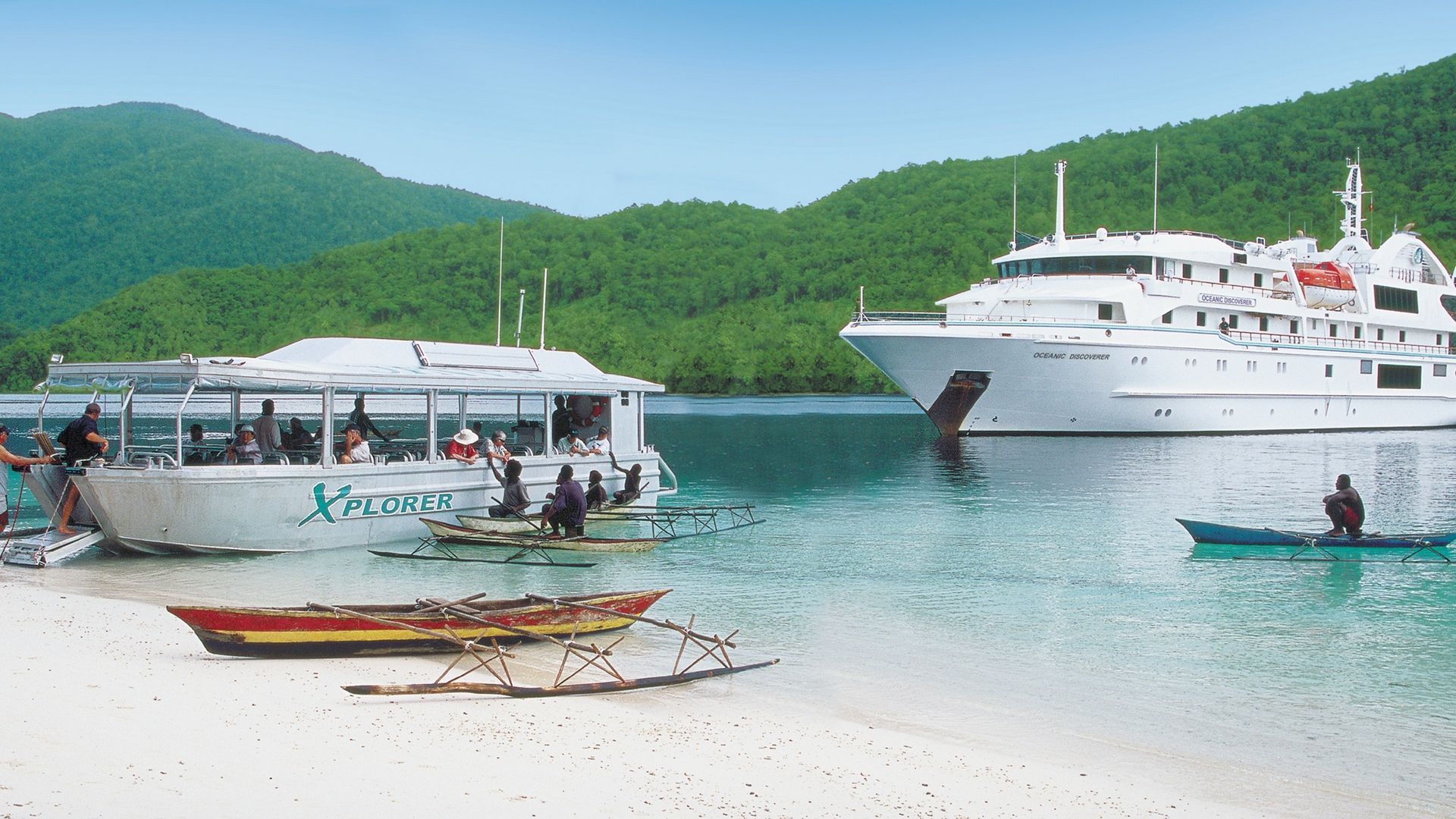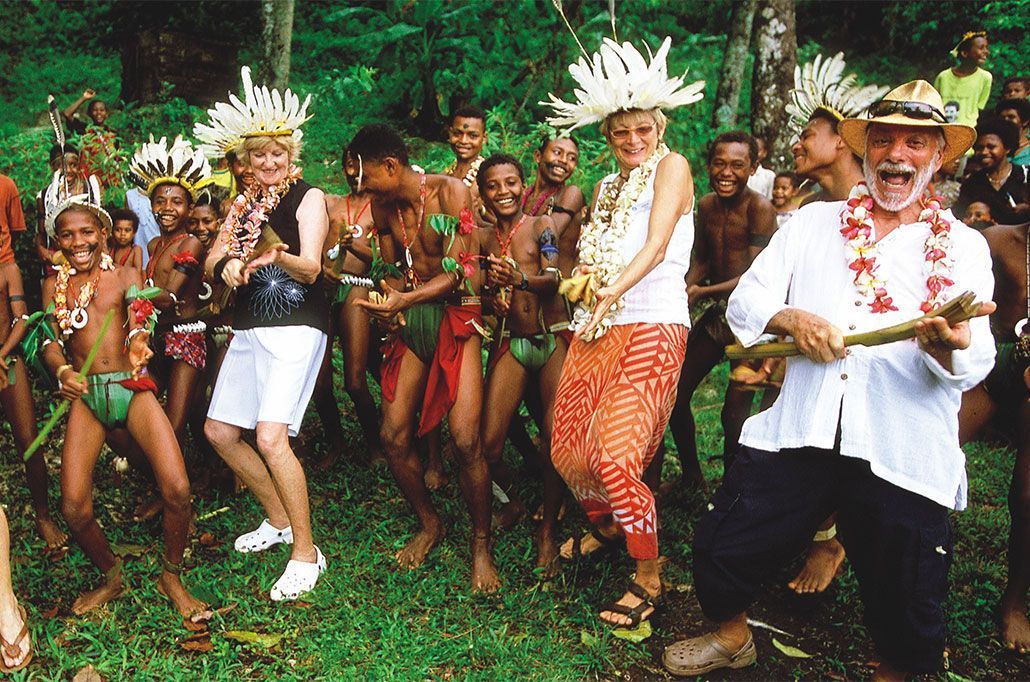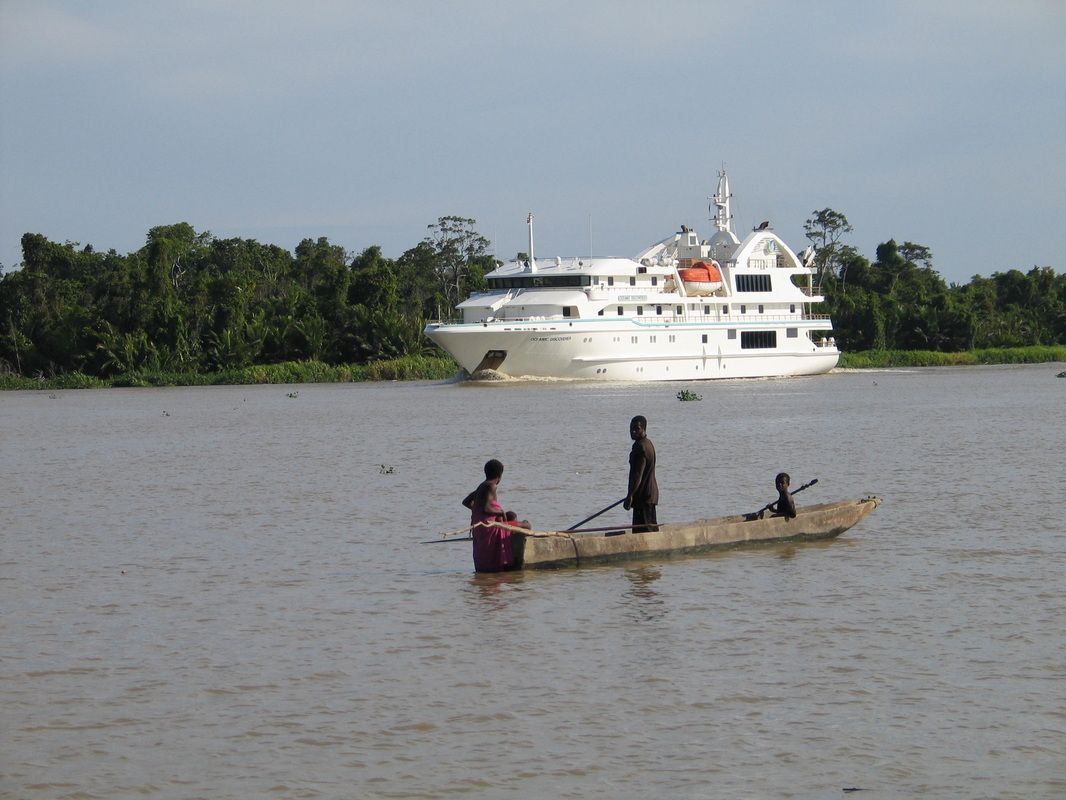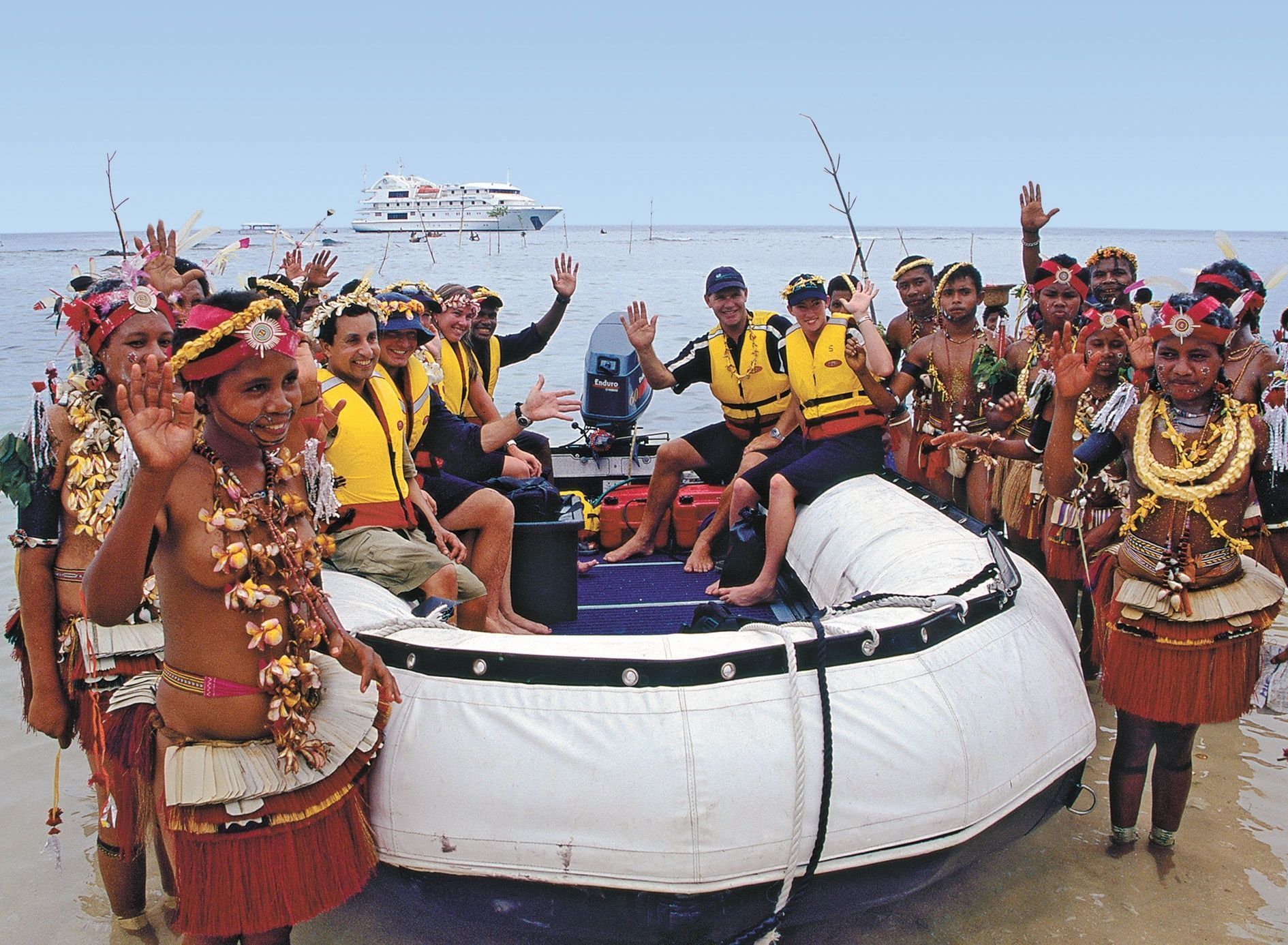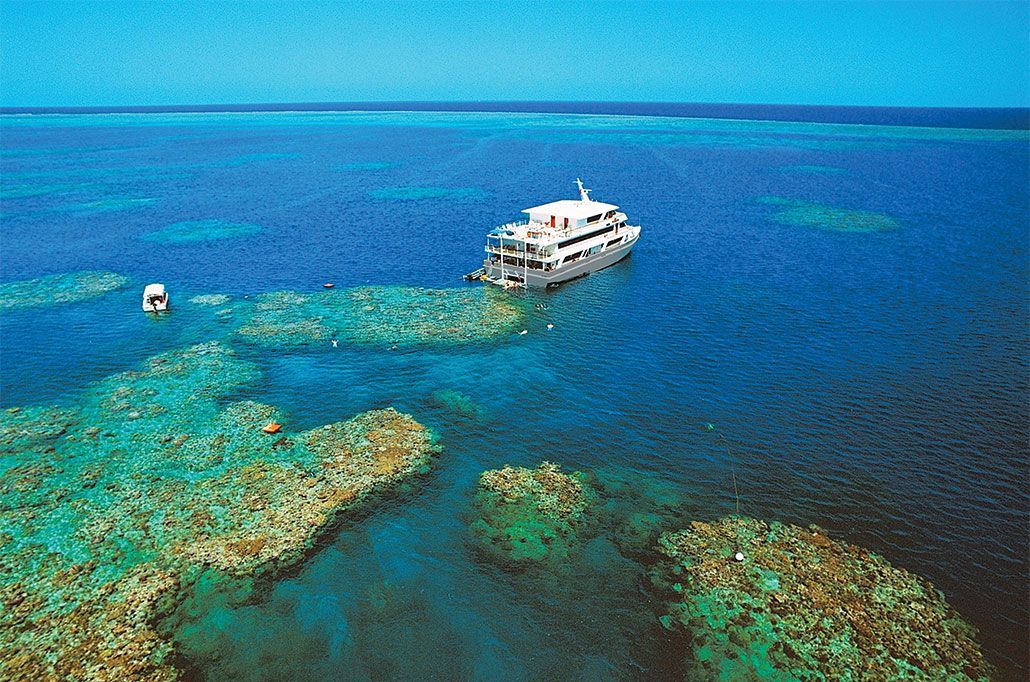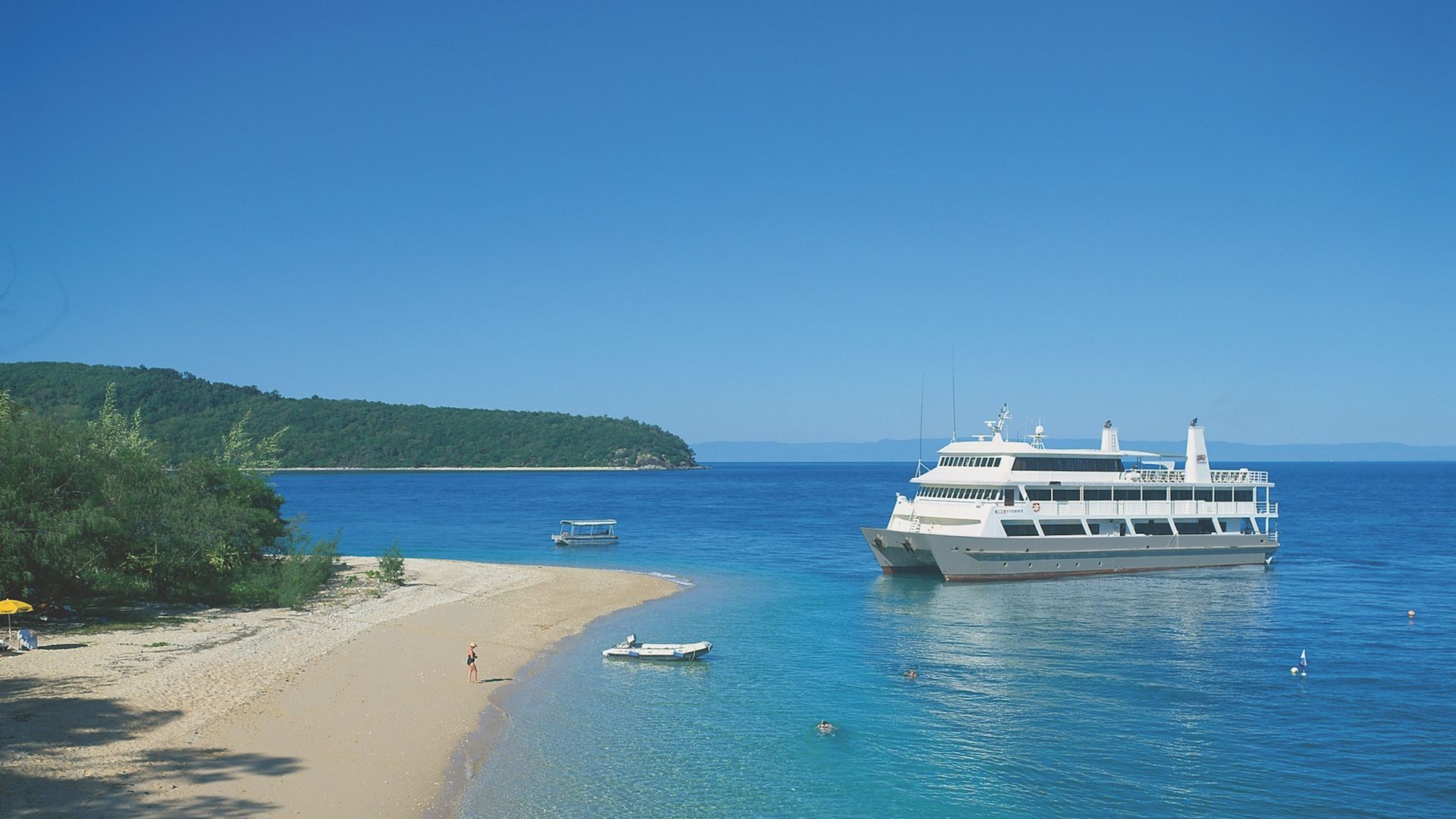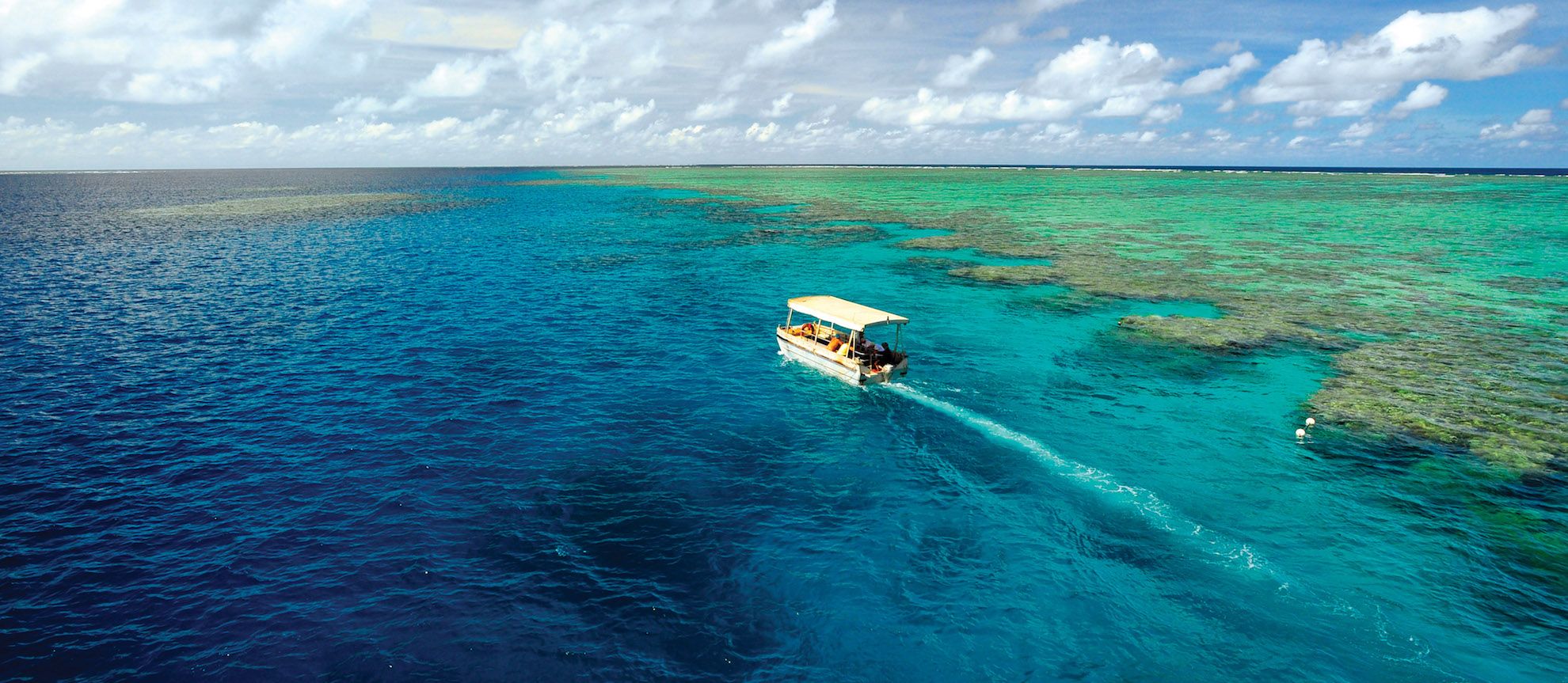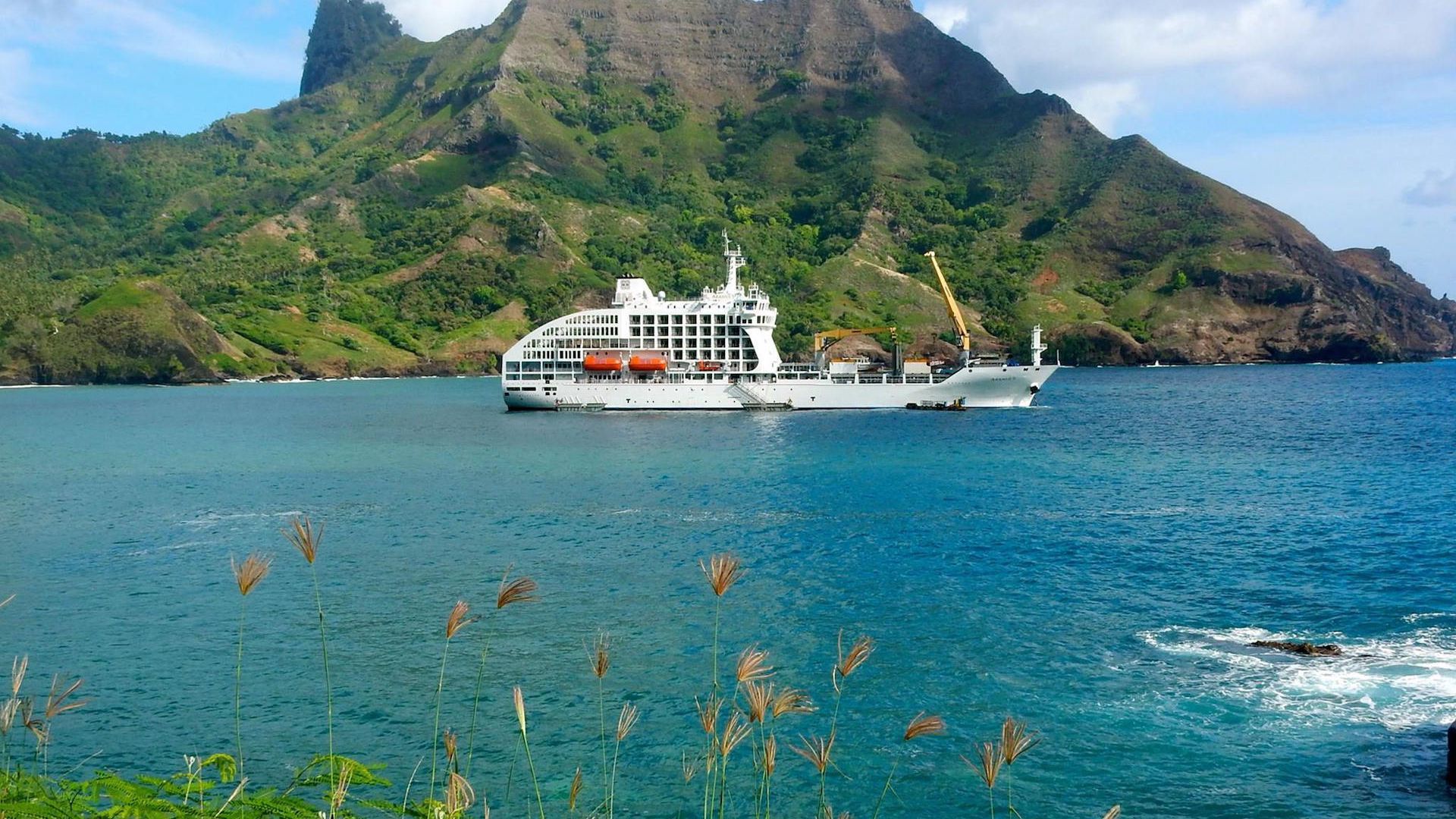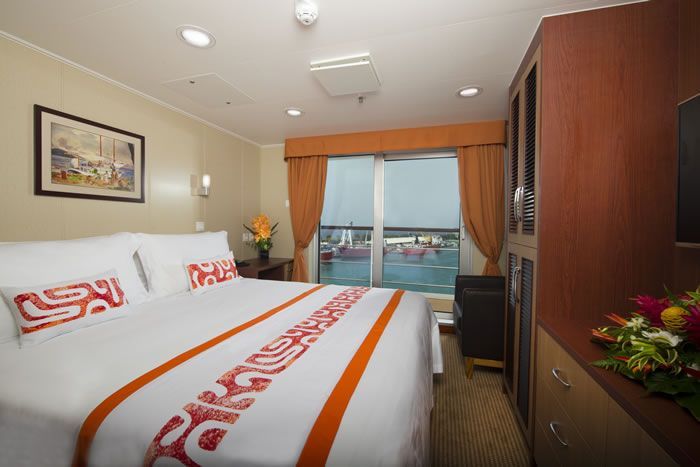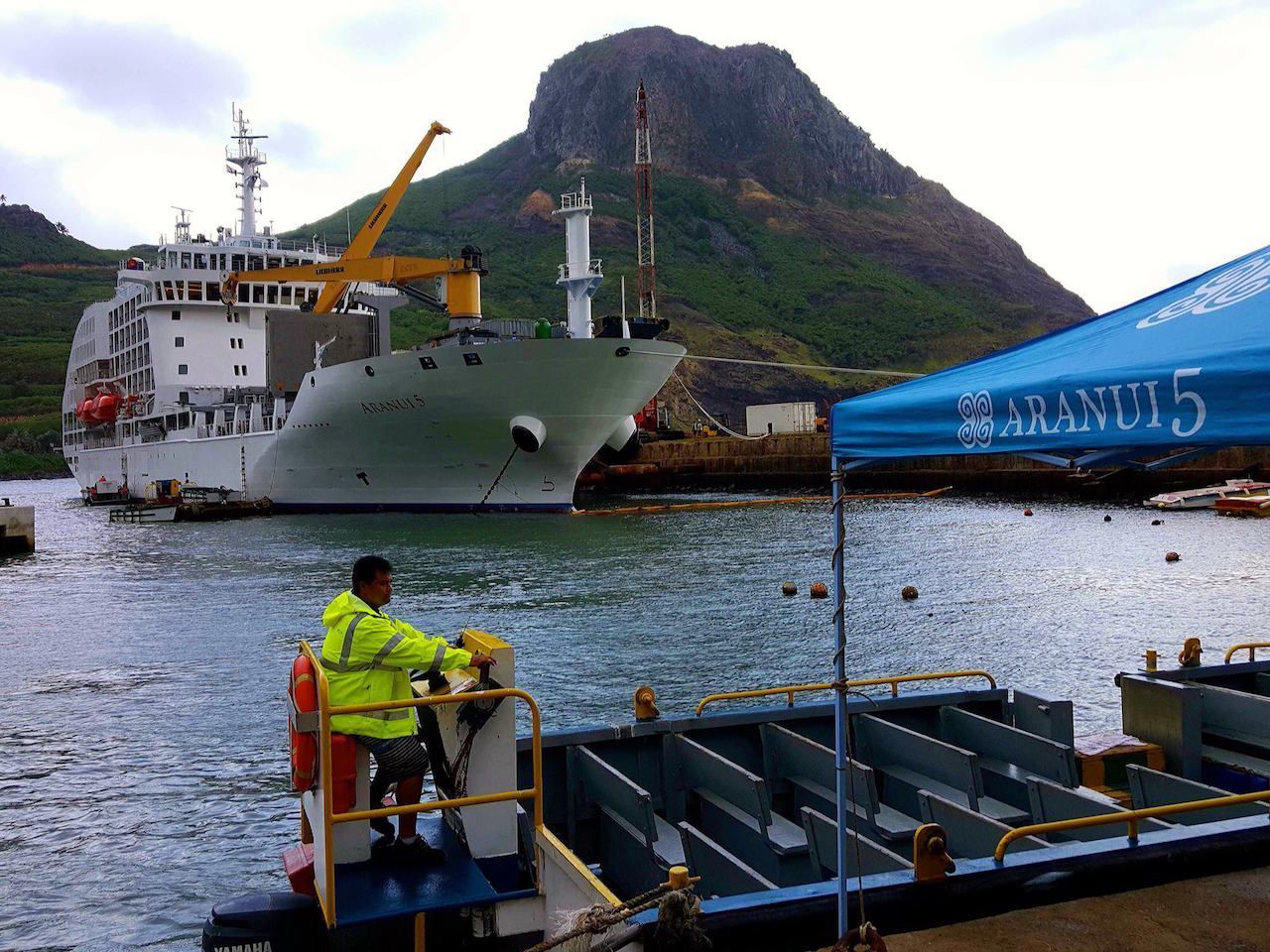Different Boats for Different Folks
I am often asked by cruise fans to explain the difference between expedition cruising and normal cruise ships.
“That’s easy,” I explain, “expedition ships go where normal cruise ships can never go.”
I then go into a long monologue about the joys of expedition cruising, but it mostly seems to fall on deaf ears.
You see, these are “normal” cruise passengers who believe the Isle of Pines or Mystery Island are about as wild and isolated places as you can ever visit on a cruise.
I doubt they will ever take the plunge and go on an expedition cruise. And mores-the-pity, because in their ignorance they are missing out on so much.
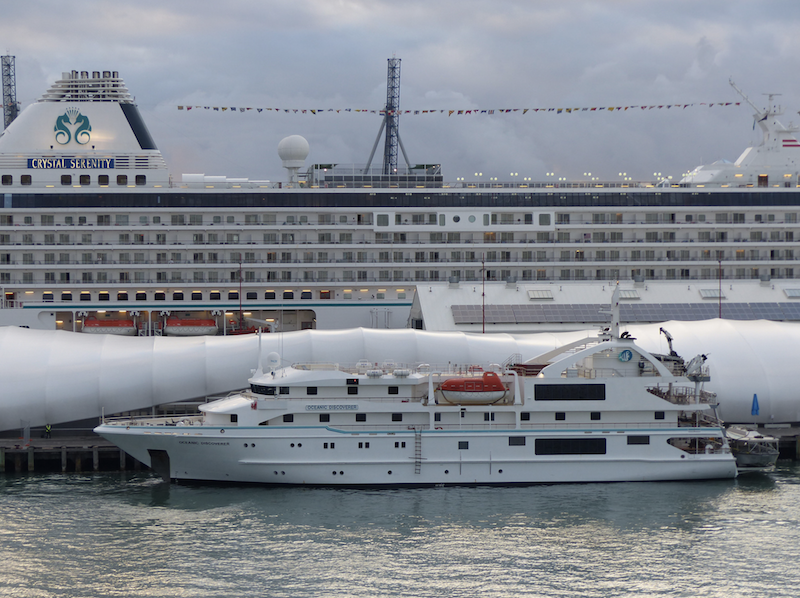
Expedition cruise ships are, by necessity, much smaller and compact than major cruise ships. They lack the bars, spas, water parks, shops and vast entertainment and restaurant venues of “normal” cruise ships.
However what they lack in size, they make up for with luxury and exclusive features. If you click your way through our website you will quickly get an idea how luxurious these boats are. I always explain this type of vessel as: “like having your own private luxury cruise ship”.
They are designed for community cruising, they are laid back and friendly and it is always easy to find a chair at a table on the back deck and join in the conversation.
Expedition cruise operators know what their guests are seeking and they provide that unique experience for them.
Clients on board expedition cruise ships as a rule love to join in activities and love to explore and discover.
They are self reliant people who are more interested in learning and being participants than sitting back and being entertained by Broadway shows.
Their “entertainment” is provided by the lecturers, historians and naturalists who accompany each cruise.
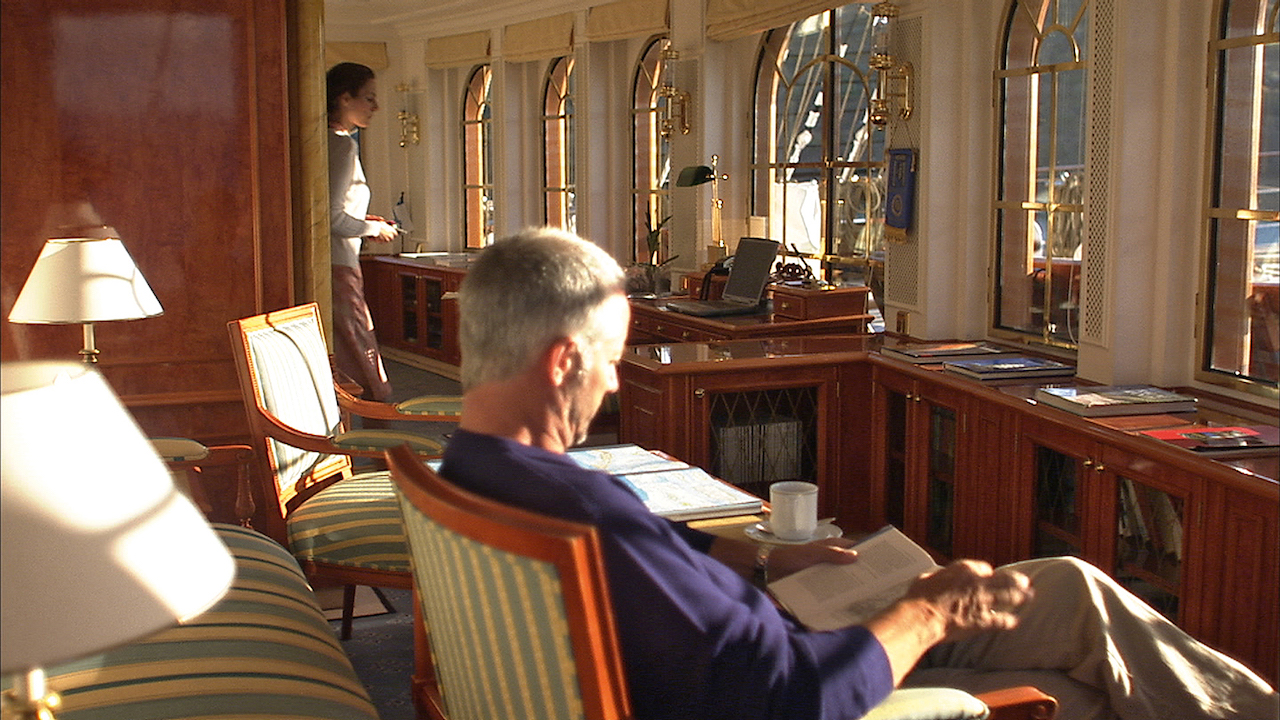
I find this laid back, exclusive type of cruising to be very intoxicating. You can nip down and make yourself a cup of coffee. Within a couple of minutes you are deep in conversation about the day’s exploring with a fellow adventurer.
There are no crowds, no queues, no pushing and shoving or standing for hours waiting to get off the ship. When the time comes to go ashore, you simply walk down and sit in the explorer boat or zodiac and you are whisked away to some exotic mysterious destination.
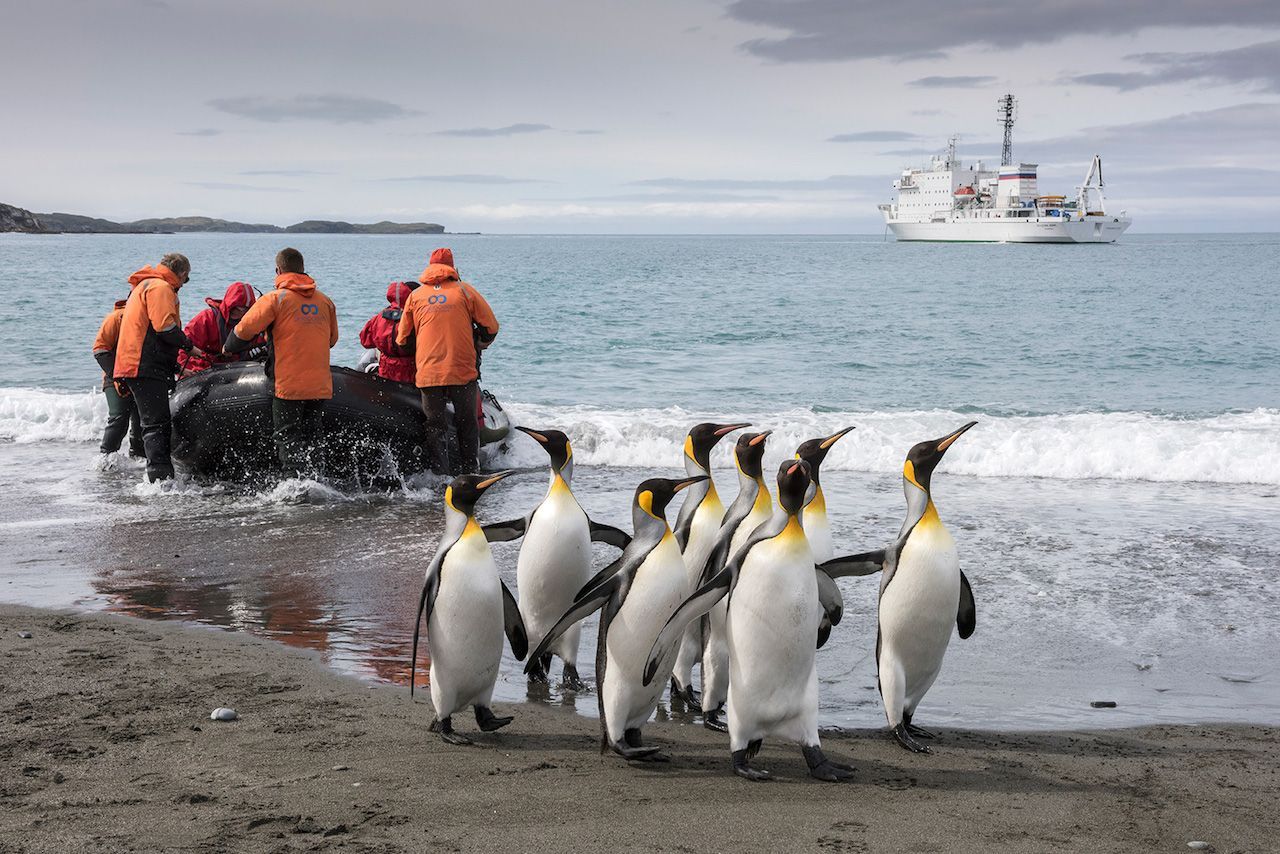
Expedition cruising as a tourist activity started back in the 1960s when Swedish American Lars-Eric Linblad chartered ships from scientific and government sources. He took them to the most isolated areas of the world including Antarctica.
This gave travellers a unique insight into places they could only dream about visiting in the past.
And they were so successful that he was able to order the construction of a small ship which could travel to all parts of the world in reasonable comfort. This was the Lindblad Explorer and it became the trendsetter in adventure cruising. To use an old saying: “he never looked back”.
Lecturers and experts loved this type of cruising because they were able to share their expertise and spread the word while travelling along in relatively luxurious conditions, a far cry from some of the old spartan scientific vessels of the time.
So, if you have undertaken normal cruise ship holidays and find something lacking or you are looking for a more exciting fulfilling adventure, try expedition cruising, it will change your life forever.
Dallas Sherringham is a media professional, world traveller and regular contributor to our blog.


